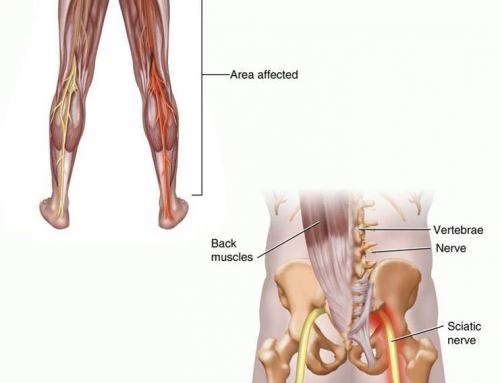If you’ve been living with chronic back pain, New Year’s is the perfect time to make a few simple changes to try and get 2016 off to a good start.
Take a look at these tips, and try adding at least one of these to your list of resolutions:
- Walk at least several times weekly.
Regular low impact aerobic exercise is thought to reduce inflammation, strengthen your muscles and provide expedited healing by sending oxygen-rich blood to the painful area.- Invest in the right pair of walking shoes. Finding a shoe that matches your stride may help distribute weight across your body evenly, reducing stress on the back.
- Build walking into your daily schedule so you can’t easily skip it. For example, walk to the train everyday or walk during your lunch break.
- If walking is too jarring on your spine, consider walking on a treadmill that affords a more padded, forgiving surface and will be less jarring on your spine. If a treadmill is still too harsh, consider walking in a warm pool—the water will support most of your body weight and take pressure off your spine.
- Depending on your individual level of fitness, you may want to start out walking only a few minutes at a time, and gradually—over a period of several weeks and maybe even months—try to walk for at least 30 minutes at least 3 or 4 times each week.
- Get at least eight hours of sleep each night.
Studies have shown as many as 66 percent of individuals with chronic back pain are also living with sleep disorders - Quit smoking.
Studies have shown that smokers experience back pain more frequently than non-smokers.Quitting smoking can be highly challenging but is definitely worth the effort—here are a few suggestions may make the process smoother: - If you associate other habits, such as drinking coffee, with smoking, replace those habits with new ones. For example, if you buy coffee and smoke every morning, buy tea instead.
- For the first few weeks of not smoking, limit your exposure to friends or family who smoke, in order to resist temptation.
Most importantly, don’t put off quitting. Set a date and stick to it. Quitting smoking is one of the best things you can do for your back.
5. Spend less time sitting.
Sitting less is key to improving back health; one study found that just 66 fewer minutes sitting each day significantly reduces back and neck pain while also improving your mood.
Having a lengthy commute and a desk job doesn’t have to mean sitting all day.
- Use a laptop stand or standing desk at work as opposed to a traditional desk. The discs of your lower spine are compressed up to three times as much while sitting, so standing at work can relieve pressure on the spine.
- Get up every hour, even if just to get a drink of water. In addition to breaking up the day, this habit will keep blood flow to the muscles in your back more active.
- Give up your seat on the train to someone else. While standing on public transit may not be ideal, it can be good for your back after sitting for most of the day.
If at all possible, try to resist the urge to sit down immediately upon arriving home, as well. Using part of your afternoons or evenings to be active is not only a great start to the new year, but can be very helpful for your back.




